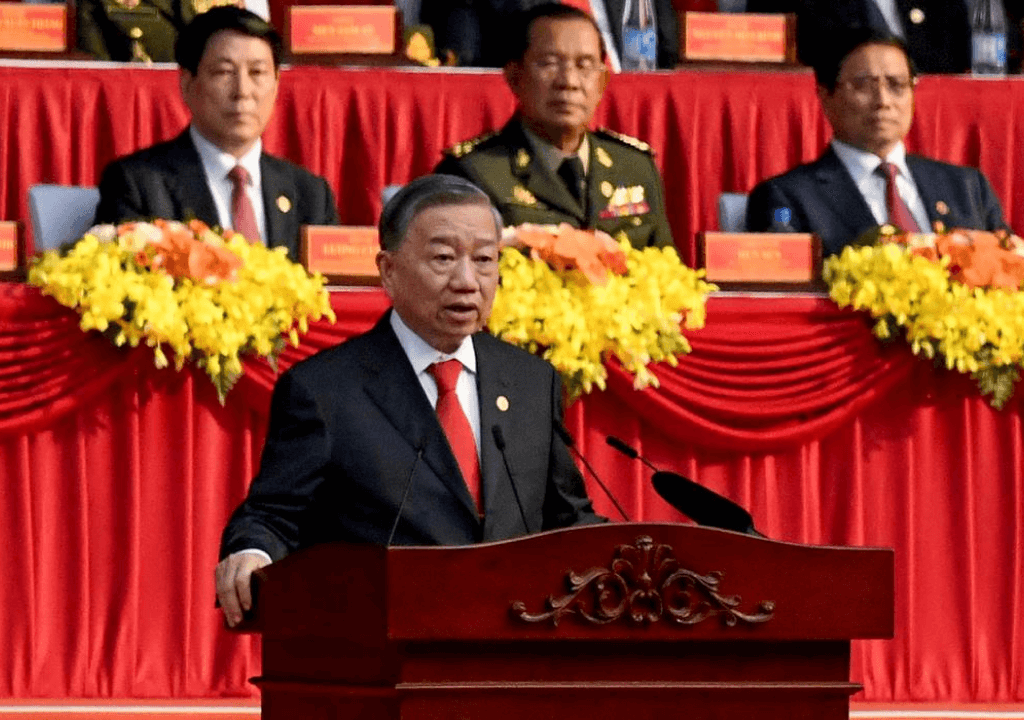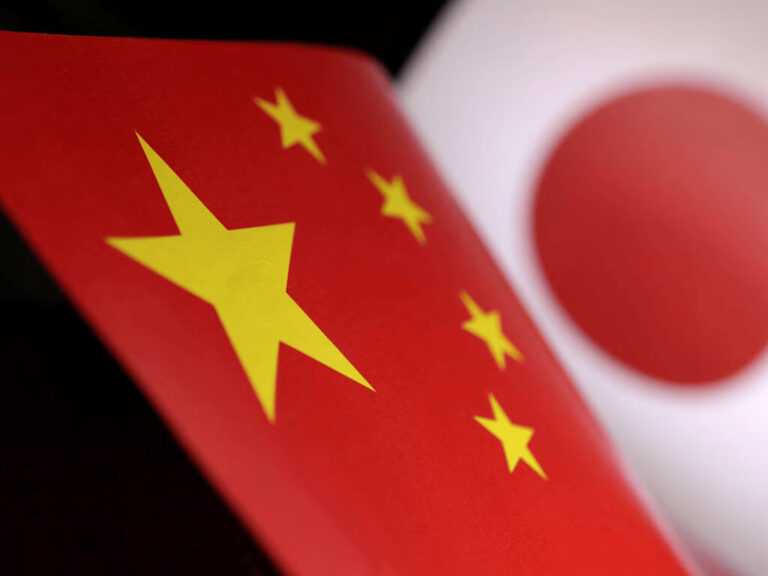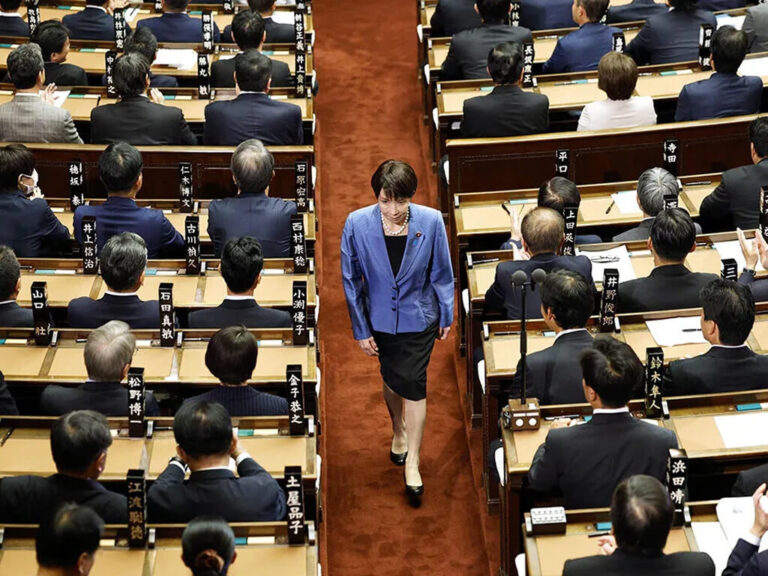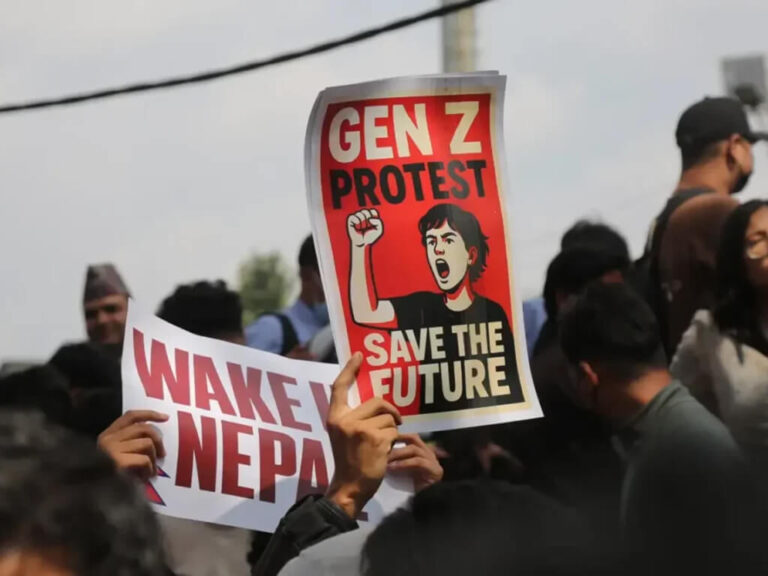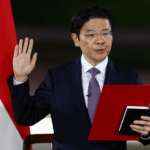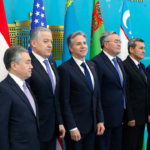Vietnam is in the midst of a sweeping domestic transformation. Following the high-profile Blazing Furnace anti-corruption campaign and the ousting of senior officials, the country has launched what it calls an administrative “revolution”—a far-reaching reform effort to modernize the bureaucracy, boost economic performance, and concentrate political control within the Communist Party’s top leadership.
The initiative closely resembles China’s model—a path Vietnam seems increasingly intent on pursuing. Steering this effort is To Lam, the newly appointed party chief, who assumed leadership following the death of Nguyen Phu Trong last year. Reflecting on the reforms, Lam stated, “To heal the body, we must sometimes accept bitter medicine and endure the pain of removing what’s harmful.”
Hands down, bureaucracy.
Vietnam’s bloated bureaucracy has become a prime target of the Communist Party, which has denounced it for inefficiency and deep-rooted corruption. A sweeping effort is now underway to shrink the state apparatus and restructure its operations. In March, the government began merging five cabinet ministries and three national-level agencies. At the same time, dozens of state-run newspapers and radio stations were either shut down or consolidated. Even the Party’s own commissions and internal departments are being streamlined.
In April, the government approved a plan to reduce the number of provinces and municipalities from 63 to 34 through mergers. District-level administration will be abolished, leaving only two layers of local government: the provincial and commune levels. This two-tier model will also be adopted across the Party’s internal structure, the judiciary, and the military.
The reform is expected to eliminate around 100,000 public sector jobs—roughly 15% of Vietnam’s bureaucratic workforce. Officials say the goal is to boost state efficiency, redirect public spending toward development, and put the country on track to achieve high-income status by 2045. The logic is simple: reduce the weight of the state.
Another impetus for reform is the bureaucratic paralysis left in the wake of the Party’s own anti-corruption campaign. Launched in 2016 under former leader Nguyen Phu Trong, the crackdown felled two presidents, numerous ministers, and thousands of lower-ranking officials. To Lam—then the minister of public security and now the Party’s top leader—was the campaign’s chief enforcer.
Though the campaign earned public praise, it had unintended consequences. Fear of legal reprisals made civil servants hesitant to approve projects or procurement decisions, creating a climate of inaction and administrative bottlenecks.
The pressure from outside
Although these reforms were introduced before the threat of US “reciprocal tariffs” emerged, they now carry added weight and urgency due to this looming issue. A 46% tariff on some Vietnamese goods has been suspended until July, but it remains a potential threat. If implemented, it could severely impact the country’s economy and job market, and it seems unlikely that Vietnam will easily compromise on this matter.
The US has accused Vietnam of currency manipulation and trade circumvention. Vietnam’s trade surplus with the US has surged in recent years, from around $47 billion (€42 billion) in 2019—when US President Donald Trump labeled Vietnam the “single worst abuser” of trade—to nearly $123 billion last year. About a third of Vietnam’s exports go to the US, and the government has taken significant steps to address Washington’s concerns.
Vietnam faces significant risks and pressures in this environment. To navigate these challenges, the country must strengthen its political governance and economic resilience to better handle future external shocks and uncertainties.
Vietnam is not alone in this struggle; many nations are preparing for the changing global order. Hanoi is closely monitoring regional developments. Across Southeast Asia, governments are reevaluating the cost and scale of public administration. In January, Indonesia’s new president, Prabowo Subianto, announced $19 billion in state budget cuts—around 8.5%—with the Ministry of Public Works set to lose more than half of its funding. Laos has proposed plans to merge ministries, and Malaysia is reviewing its public sector for cost-efficiency.
The Power Play
For To Lam, widely seen as the leading candidate for reappointment as general secretary at next year’s Party Congress, the restructuring presents a crucial opportunity to consolidate power and position himself as a decisive leader. The reforms are also likely to boost his popularity among ordinary citizens who are fed up with bureaucratic inefficiencies and administrative dysfunction.
Past efforts to streamline the state, including a 2015 campaign, fell flat. Between 2015 and 2017, the number of public employees actually increased by 96,000, despite promises to reduce the workforce. But this time, the Party appears more committed to delivering results.
By eliminating 29 provinces and scrapping all district-level Party branches, the central government is not merely reducing bureaucracy—it is dismantling layers of political negotiation that have traditionally empowered local power brokers. This move narrows the pathway to higher office for mid-level officials and strengthens the central leadership’s control.
The overhaul also reflects a broader ideological shift under To Lam, who has consistently advocated for centralized authority and tighter discipline within Party ranks. His vision is to reshape the state into a leaner, more focused apparatus devoted to securing long-term economic stability.
However, the road ahead is far from smooth. The Vietnamese state has long provided a safety net for the politically connected, even those who are underqualified, and resistance from entrenched interests is almost certain. It remains to be seen whether these reforms will ultimately succeed.

